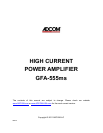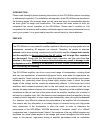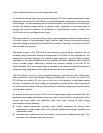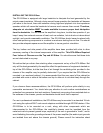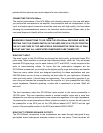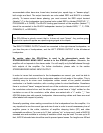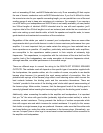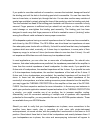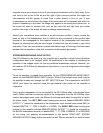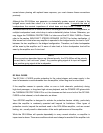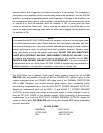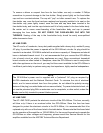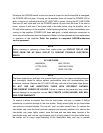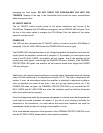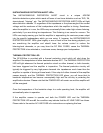
INTRODUCTION
Please read thoroughly these operating instructions for the GFA-555ms before connecting
or attempting to operate it. The installation and operation of the GFA-555ms are described in
the following pages. We sincerely hope you will value and enjoy the considerable attention
we have given its design and construction. This manual has been written to help you
understand the correct operation of the GFA-555ms. Please read it carefully to fully
comprehend all its features and functions and thereby derive maximum performance from its
use in your system. It is a good idea to keep this manual handy for future reference.
PREFACE
WARNING
The GFA-555ms is a very powerful amplifier capable of delivering very large peaks into low
impedances, exceeding 80 amperes per channel. Therefore, be certain to exercise
extreme caution when making connections to and from the amplifier. Always make certain
that the amplifier is disconnected from the AC outlet, and its large filter capacitors
are discharged. Please note that the power supply capacitors can take more than five
minutes to discharge. Failure to observe this precaution may result in damage to the
loudspeakers and/or blowing of the amplifier's DC RAIL FUSES, conditions which are
NOT covered by the warranty.
The GFA-555ms amplifier can drive a very broad range of loudspeakers. including those
with very low impedances, at sustained high-power levels, even when the impedances are
highly reactive. Great care was taken to insure that distortion in the amplifier would remain
extremely low, particularly when driving these highly reactive loads in which the phase
angles of the voltage and the current are substantially different. A little known fact is that
amplifiers which measure extremely well on the test bench into a resistive load may not
develop the same amount of power into a loudspeaker. Depending on the amplifier's design,
sometimes as little as one third of the power which the amplifier develops into a resistor is
delivered to a speaker load. Also, the distortion level measured when the amplifier is driving
a resistive load is degraded. in some cases quite substantially, when driving the loudspeaker.
It is, however, very difficult to measure the performance of an amplifier into a loudspeaker.
One reason why this information is not widely known is because during such high-power
tests, destruction of the loudspeaker is often the result. In order to determine the
performance of the GFA-555ms, ADCOM developed a "computer model" of a "difficult"
loudspeaker load. A computer model "mimics" the reactance of the very difficult speaker and
duplicates the actual phase angles of the voltage and current throughout the entire audio
range. In this manner, high-power testing of amplifier parameters could be undertaken



